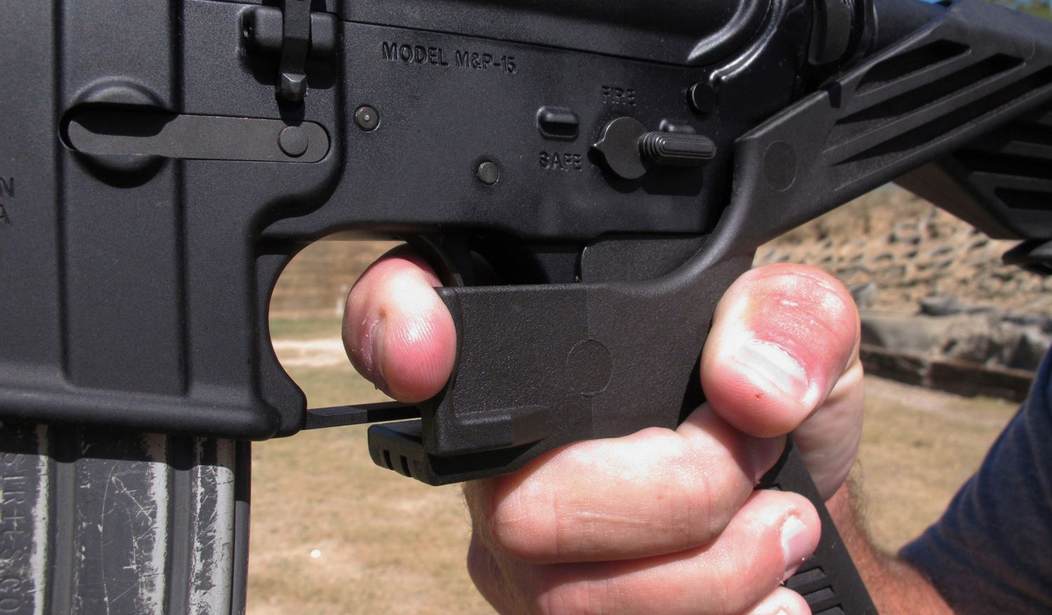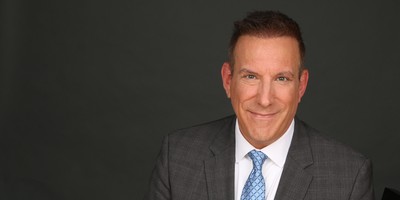To say that Donald Trump is a far better President than would Hillary Clinton have been is a truism too obvious to bear repetition. This particularly is the case with regard to the Second Amendment; not only in terms of broad policy direction, but with regard also to the regulatory actions and day-to-day decisions by bureaucrats. Were we living in the third year of a Hillary Clinton presidency, damage wrought by her and her minions already would have seriously undermined the ability of every law-abiding Second Amendment supporter to actually exercise the rights guaranteed thereunder.
While he may not be a policy wonk immersed in the minutiae of firearms regulations (which is a good thing), Trump does understand the need to defend the right to keep and bear arms against its detractors at all levels of government. This was on display most recently in late April when the President signed an executive document on stage at the NRA annual meeting in Indianapolis that erased the Obama administration’s signature affixed in 2013 to the U.N. Arms Trade Treaty.
Despite Trump’s sincere support of the Second Amendment and for what it means in practice, there are blind spots that have manifested themselves in both policy and practice; and which set precedent for serious mischief by future presidents more attuned to Obama or Clinton than to Trump. These deficiencies reflect not so much an anti-Second Amendment predisposition as a desire to “do the right thing” in the immediate aftermath of mass shootings; and without fully understanding the consequences of such actions in the long run.
Following the murderous rampage by a deranged gunman in Las Vegas in October 2017 -- an incident in which a “bump stock” was used by the shooter -- calls went up to ban the devices. The Trump administration joined in that effort, which resulted in bump stocks being outlawed under federal law, not by proper legislative action, but by regulatory sleight-of-hand. Following the president’s broad endorsement of a call to action against bump stocks, then Attorney General Jeff Sessions directed that the federal government definition of a “machine gun” be changed so that a “bump stock” henceforth would be considered as a machine gun, and thereby unlawful to possess. The precedent set by this regulatory trickery will assuredly manifest itself in later years by administrations less sympathetic to the Second Amendment than the current one.
Recommended
Last year, in the immediate aftermath of the horrendous school shooting in Parkland, Florida, there arose a cry for states to enact so-called “red flag laws.” While designed to give courts the authority to temporarily confiscate firearms from individuals exhibiting clear propensity to commit crimes with those firearms, such procedures seriously undermine guarantees of due process as applied to an individual’s Second Amendment rights. Yet, their surface appeal has led many Republicans in the Congress to carelessly endorse their imposition; and the president has indicated a predisposition to support such unfortunate effort.
Pending now are calls to ban sound “suppressors” on firearms, commonly and in Hollywood-speak often referred to as “silencers.” This move has gathered momentum because the murderer two weeks ago in Virginia Beach decided to use such a device during his rampage. Immediately after that fact became known publicly, calls to “ban silencers” rose in Washington, DC. Unfortunately, President Trump last week lent his voice to this ill-advised movement – stating that he would “seriously look” at a ban similar to that which he approved regarding bump stocks.
Unlike bump stocks, which never served a useful purpose for those who understand and properly use firearms, suppressors serve a valuable function for firearms in a number of settings. The device, which does not come close to actually silencing the report from a rifle or handgun to which it is attached, nonetheless noticeably reduces the sound of firing a rifle and thereby aids in protecting the hearing of hunters. Because of the manner by which suppressors reduce noise levels when firearms are discharged inside homes and other confined spaces, they serve importantly to reduce the disorienting effect on persons using firearms in self-defense in homes, offices and vehicles.
The fundamental “right to keep and bear arms” enshrined in our Bill of Rights is far too important than to be whittled away every time a criminal abuses the right. Moreover, it is essential that the long-term consequences of measures reacting to a mass shooting – ramifications often not readily apparent at the time – must be considered carefully and fully before regulatory or legislative steps are undertaken. The Second Amendment is too valuable to be subject to knee-jerk policy responses, no matter how well-intentioned.

























Join the conversation as a VIP Member